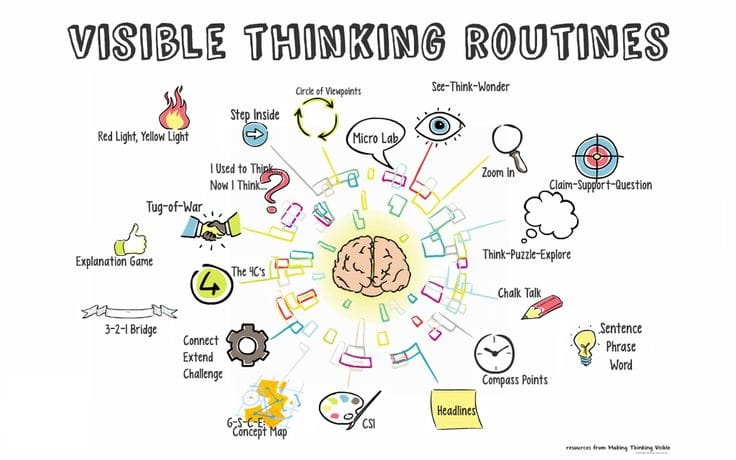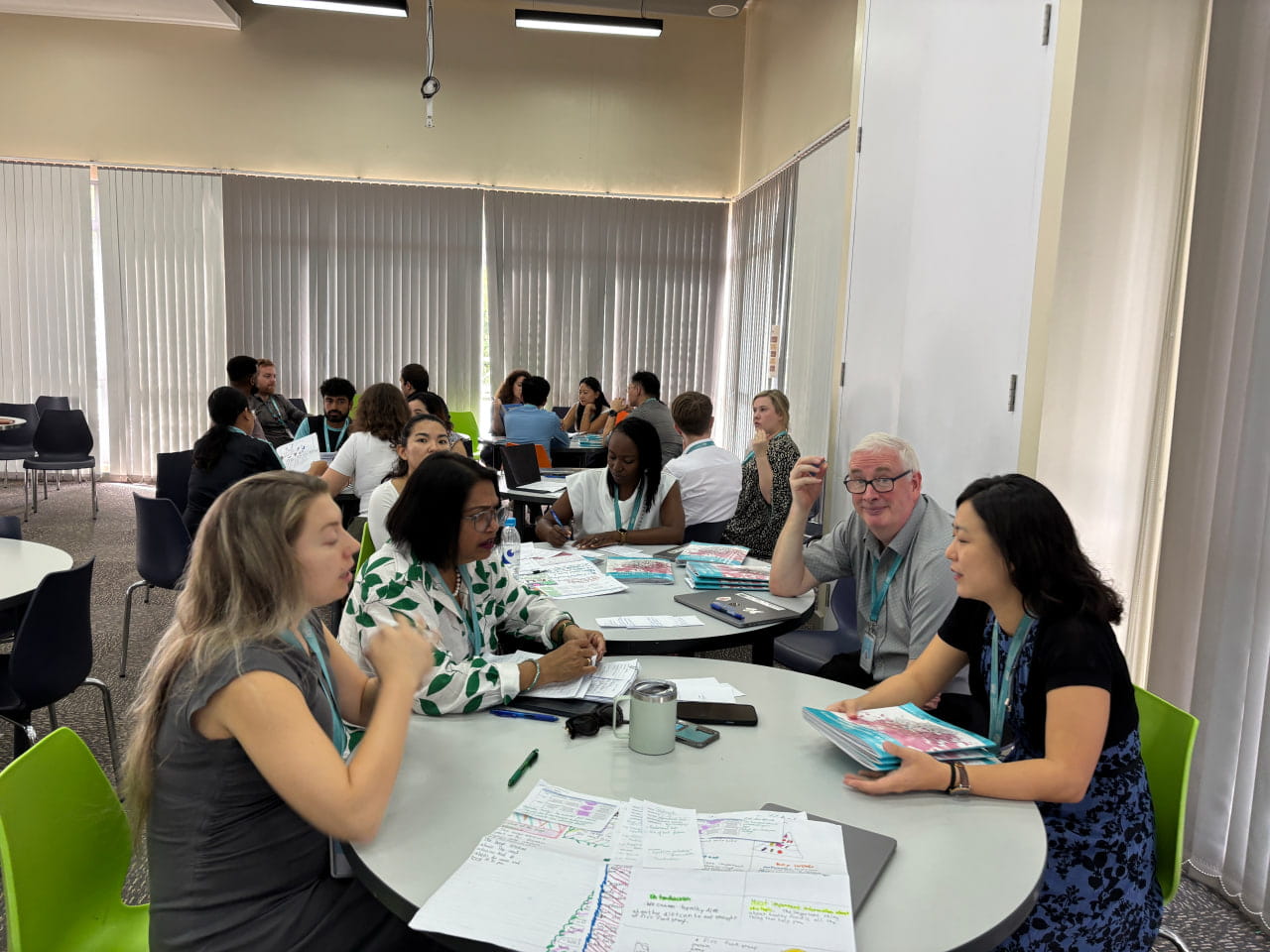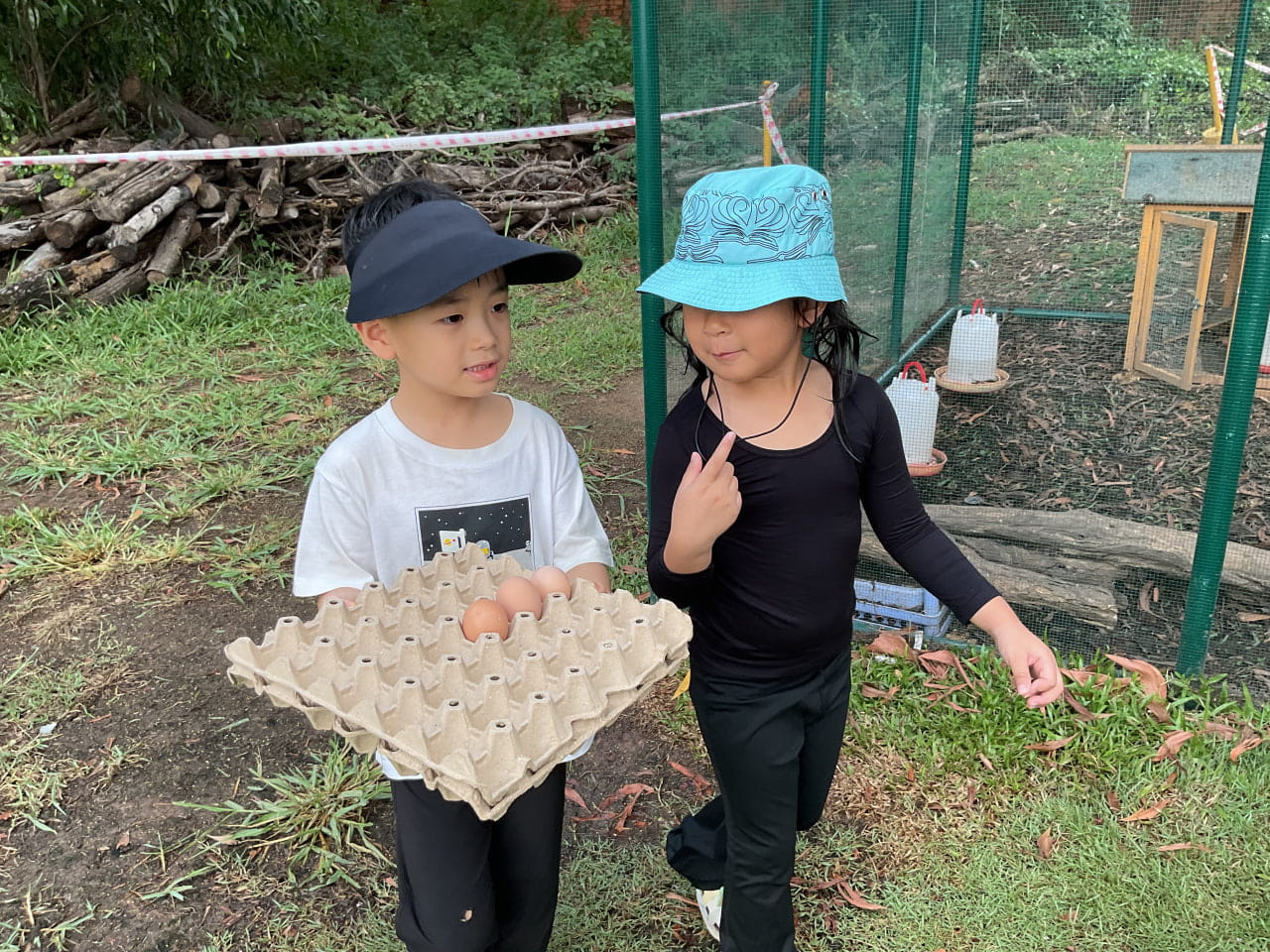By JEN YEE TOH Grade 3 Homeroom Teacher Primary Tech & Innovation Lead
Metacognition is the process of thinking about one’s own thinking. It involves reflecting on how you come to conclusions, understanding why you think the way you do, and recognizing patterns in your thought processes. By developing an awareness of your thinking, you can learn to reduce cognitive biases or identify and reuse effective thought processes in different situations. Essentially, metacognition helps people become more intentional and effective in their actions and decision-making.
A key study on metacognition by Steve Fleming (2015) highlights that metacognition can be measured by how well one’s confidence in an answer aligns with its accuracy. Fleming states, “For healthy subjects endowed with metacognitive sensitivity, when one is confident, one is more likely to be correct. Thus, the degree of association between accuracy and confidence can be taken as a quantitative measure of metacognition.” In other words, metacognition involves a person being able to accurately gauge their own knowledge and their judgments about them. This can be assessed by looking at the relationship between how sure someone feels and whether they are, in fact, correct.
One way to improve metacognitive skills is through the use of thinking routines. These routines can be applied in various contexts, from academic or personal research to everyday conversations at home. Thinking routines provide structured ways to reflect on what you know, how you know it, and what you still need to discover, making your thinking visible and open for examination.
Some commonly used thinking routines include “See, Think, Wonder,” “Think, Puzzle, Explore,” and “Think, Pair, Share.” These help learners make connections between observations and prior knowledge, identify knowledge gaps, and learn from others through discussion. Other routines like “The Explanation Game” and “Claim, Support, Question” encourage deeper exploration of ideas and foster the habit of turning knowledge gaps into meaningful questions. “I used to think… now I think…” and “Peel the Fruit” help organize and consolidate new knowledge, showing the evolution of understanding over time. Additionally, “Step in, step out, step back” and “True for Who?” are excellent for examining different perspectives and considering other viewpoints. Here at Northbridge, our teachers have been using a variety of thinking routines to encourage students to become more reflective critical thinkers.
In one way or another, simple thinking routines have been part of everyday situations for decades. However, being aware of these routines and intentionally using them in our tasks is a valuable metacognitive habit to develop. Whether you’re discussing something you’ve read, organizing a research project, or reflecting on an experience, explicitly applying these thinking routines can strengthen our capacity to think about our thinking, deepen our understanding, clarify our comprehension and develop an empathetic perspective. For additional information on thinking routines and their application, visit the Harvard Project Zero website at https://pz.harvard.edu/thinking-routines.






